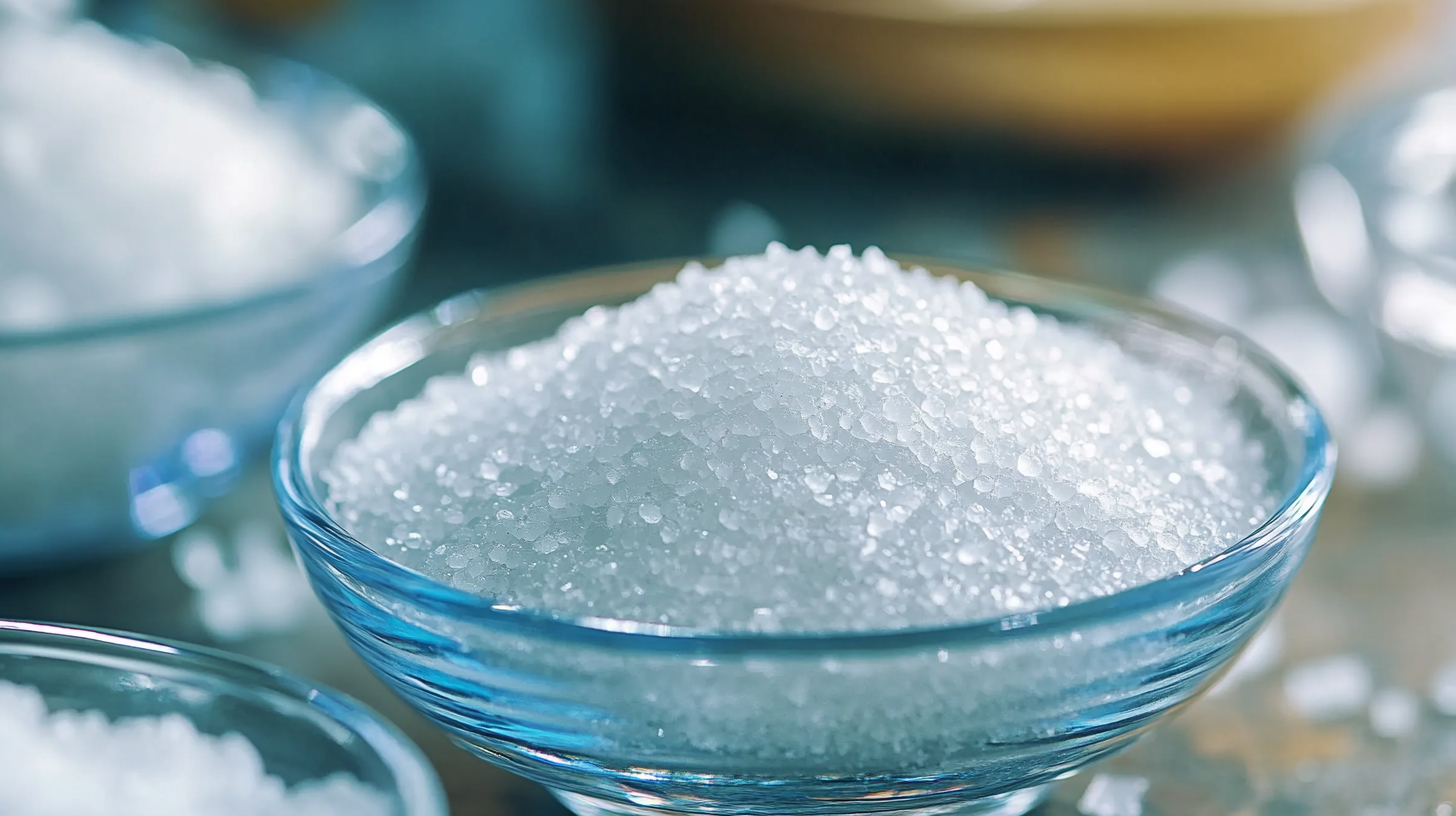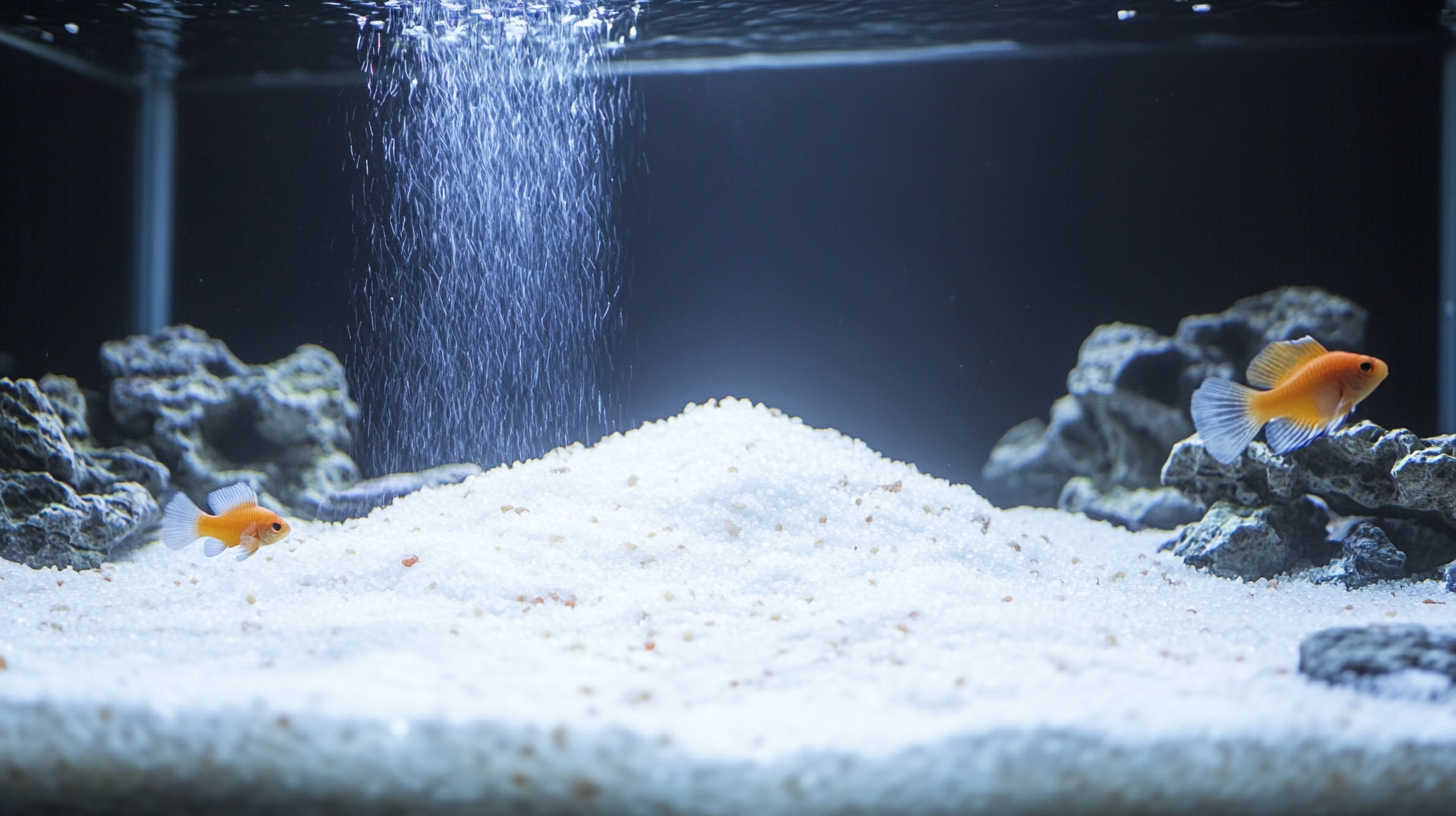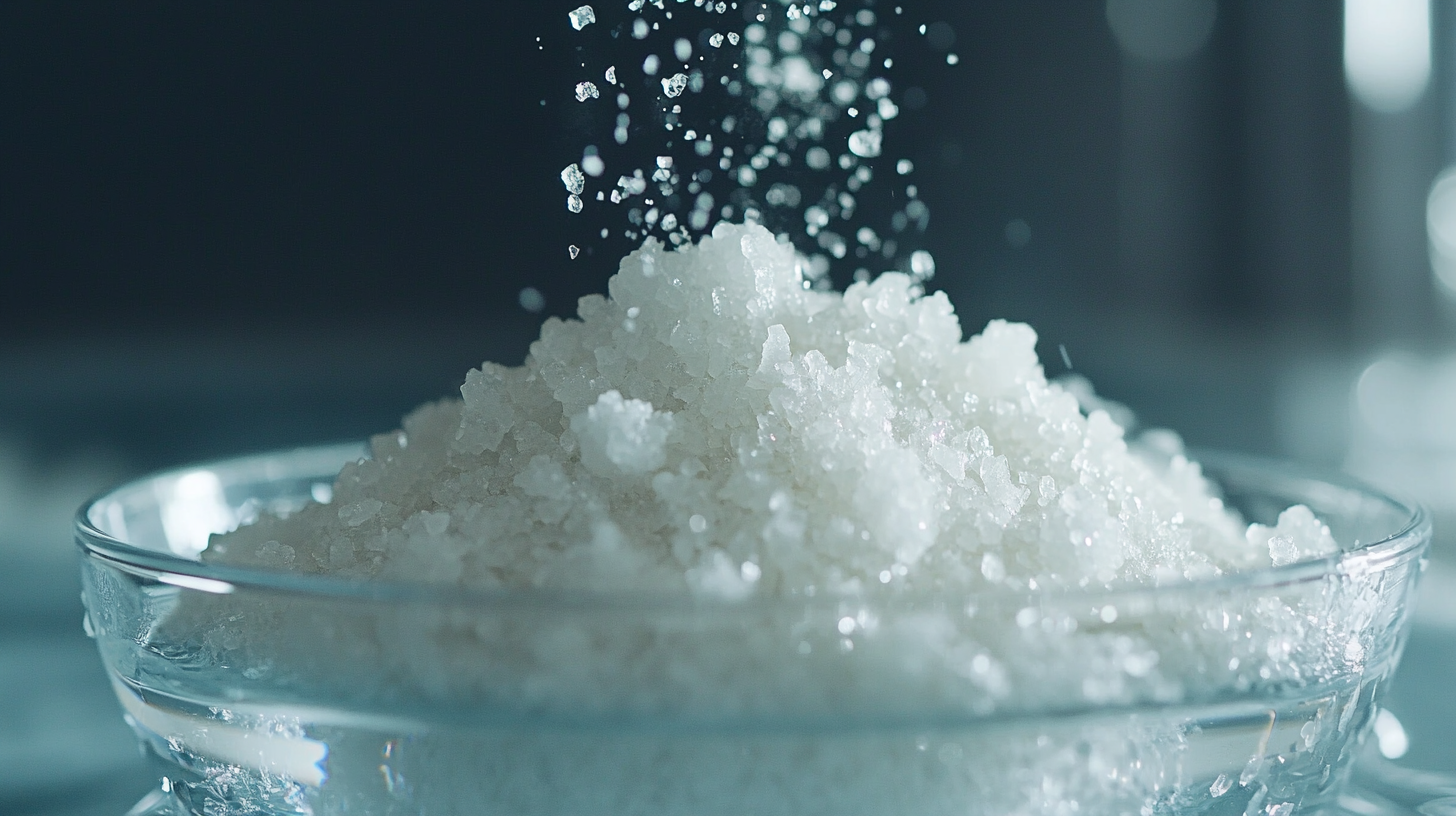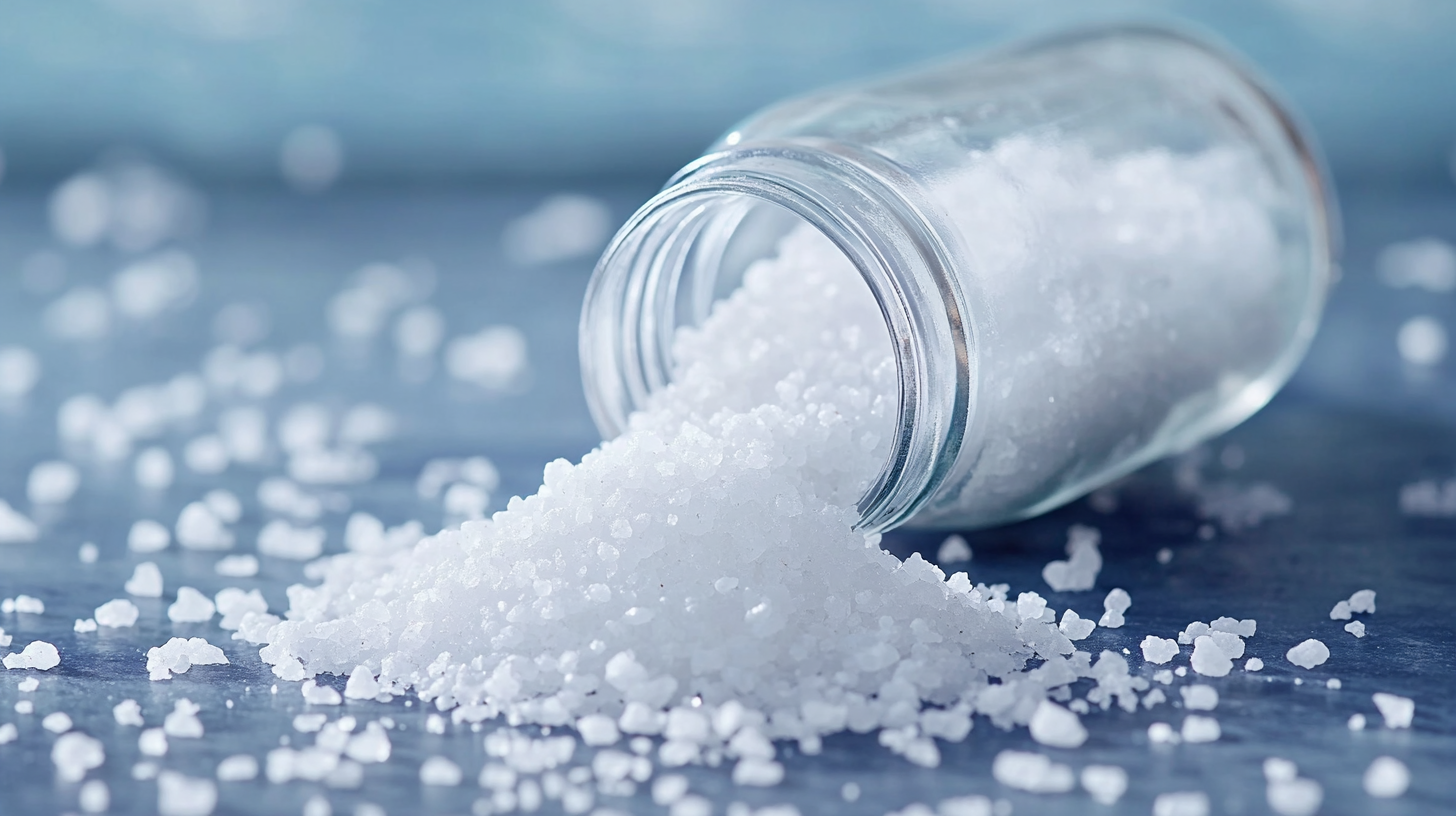The Comprehensive Handbook to Choosing Aquarium Salt for Your Marine Life
When it comes to creating a thriving environment for your marine life, one often overlooked yet vital component is Aquarium Salt. This simple addition can significantly influence the health and well-being of your aquatic pets, as well as the overall balance of your aquarium ecosystem. Understanding the various types of Aquarium Salt available and their specific benefits is essential for any aquarium enthusiast, whether you're a seasoned pro or just starting your aquatic journey.
In this comprehensive handbook, we will delve into the important factors to consider when choosing Aquarium Salt, explore different types and their respective roles, and provide practical tips on how to incorporate them into your marine setup. By empowering yourself with the knowledge of Aquarium Salt, you can ensure a serene and healthy habitat for your fish, invertebrates, and plants, ultimately leading to a more vibrant and picturesque underwater world. Join us as we unravel the mysteries of Aquarium Salt and its significance in marine aquatics.

Understanding the Importance of Aquarium Salt in Marine Ecosystems
Aquarium salt plays a crucial role in maintaining the health and stability of marine ecosystems, serving as an essential element for both fish and invertebrates. By mimicking the natural conditions of saltwater bodies, aquarium salt helps to create an environment that promotes osmoregulation, allowing marine life to thrive. The presence of salt in the water assists fish in balancing their internal salinity levels, which is vital for their overall well-being, as it helps prevent stress and disease. In addition to its physiological benefits, aquarium salt also contributes to the chemical stability of the water. Many salts include trace minerals that are beneficial for the growth and health of marine organisms. These minerals can aid in the development of hard parts, such as shells and skeletons, as well as enhance metabolic processes. Furthermore, a well-tuned salt concentration can help combat harmful bacteria and parasites, thereby creating a healthier habitat for your aquatic residents. Understanding the importance of aquarium salt in marine ecosystems is key to fostering a vibrant underwater environment. It is essential for aquarium owners to choose the right type and amount of salt, ensuring that it complements the specific needs of their marine life. Regular monitoring of salinity levels, alongside proper salt selection, can significantly enhance the resilience of marine communities, paving the way for a thriving, balanced aquatic ecosystem.

Types of Aquarium Salt: Which One is Right for Your Tank?
When it comes to maintaining a healthy marine aquarium, choosing the right type of salt is crucial. There are several options available, each catering to different needs based on tank inhabitants and specific water parameters. The most common types of aquarium salt include marine salt mixes, rock salt, and kosher salt. Understanding these options will help you make an informed decision for your aquatic ecosystem.
Marine salt mixes are specifically formulated for saltwater aquariums and contain a blend of essential minerals and trace elements mimicking natural seawater. They are ideal for reef tanks and marine fish species that thrive in stable environments. On the other hand, rock salt is primarily used for treating specific health issues in aquarium inhabitants, such as ich or fin rot. It's less expensive but lacks the additives found in marine salt mixes, making it unsuitable for regular use.
Kosher salt is another alternative, often sought for its purity and lack of additives. However, it's important to ensure that the brand you choose doesn't contain anti-caking agents or iodine, which can be harmful to sensitive marine life. In summary, the right type of aquarium salt depends on your tank's ecosystem and the specific needs of its inhabitants, so consider these options carefully to ensure a thriving marine environment.

How to Properly Use Aquarium Salt in Your Marine Environment
When it comes to maintaining a healthy marine environment, understanding how to properly use aquarium salt is essential for promoting the well-being of your aquatic life. Aquarium salt can serve multiple purposes, from enhancing water quality to treating certain health issues that may arise in fish. However, the key to reaping its benefits lies in understanding the correct application and dosage.
To begin with, the primary function of aquarium salt is to improve the overall health of marine organisms. It helps to increase water salinity, which can aid in the osmoregulation of fish, allowing them to maintain fluid balance more effectively. For new aquarists, starting with a low concentration of salt can be beneficial, gradually adjusting as needed based on the specific needs and tolerance levels of the fish and invertebrates in the tank. It’s vital to dissolve the salt fully in water before introducing it to the aquarium to prevent any shock to the inhabitants.
Moreover, aquarium salt can be instrumental in treating specific ailments, such as ich and other parasitic infections. In these instances, it’s crucial to follow precise dosage guidelines—typically around 1 tablespoon per 5 gallons of water. During treatment, closely monitor the fish for any signs of stress or adverse reactions. Adjusting the salinity levels slowly and ensuring proper aeration can help minimize any discomfort, ensuring that your marine life thrives throughout the treatment process.

Common Mistakes When Using Aquarium Salt and How to Avoid Them
When it comes to maintaining a healthy marine aquarium, the use of aquarium salt is a common practice among hobbyists. However, many beginners unknowingly make mistakes that can jeopardize the well-being of their aquatic life. One prevalent error is the incorrect dosage of salt. It's crucial to follow the manufacturer’s instructions or seek guidance from reliable sources to ensure you’re adding the right amount. Over-salting can lead to osmotic stress in fish, while under-salting may not provide the intended benefits, such as disease prevention and enhanced gill function.
Another mistake is assuming that all types of salt are suitable for aquarium use. Table salt, for instance, contains additives that can be harmful to marine organisms. Therefore, it’s vital to choose a salt specifically formulated for aquarium use, which includes necessary trace elements that are beneficial for marine life. Additionally, always remember to dissolve the salt in water before adding it to the tank. Adding dry salt directly can create hotspots of high salinity, stressing or even harming your fish and invertebrates.
Lastly, many aquarium owners forget to monitor the salinity levels routinely. The salinity in an aquarium can fluctuate due to evaporation, which can lead to a concentration of salt and potentially harmful conditions for your inhabitants. Regular use of a hydrometer or refractometer will help you keep track of salinity levels and make necessary adjustments, ensuring a stable and safe environment for your marine life. By avoiding these common pitfalls and being mindful of proper practices, you can enjoy a thriving aquarium that supports the health and happiness of its residents.
Tips for Maintaining Water Quality with Aquarium Salt in Your Aquarium
Maintaining water quality is crucial for the health of marine life in your aquarium, and aquarium salt can play a vital role in achieving this. When used correctly, aquarium salt helps in regulating the osmotic balance of fish, which is essential for their overall well-being. It creates a healthier environment by reducing stress levels and enhancing gill function, making it easier for fish to breathe in a confined space. Additionally, the right dosage of aquarium salt can help in preventing some diseases by inhibiting the proliferation of harmful bacteria and parasites.
When incorporating aquarium salt into your tank, it's important to measure and dissolve it properly before adding it to the water. This ensures an even distribution and prevents sudden salinity changes that could stress or harm your aquatic inhabitants. Regular monitoring of your water quality parameters, such as salinity, pH, and ammonia levels, can help you adjust the salt concentration as needed. Additionally, performing regular water changes while accounting for the salt concentration can help maintain a stable and healthy environment.
Consider using aquarium salt as a part of your routine maintenance. It’s particularly beneficial during quarantine periods or when introducing new fish to your tank, as it can help alleviate any potential shock from changes in water conditions. However, always research and refer to the specific needs of the species you are keeping, as not all marine life tolerates salt in the same way. By taking these steps, you can ensure that your aquarium remains a thriving ecosystem for your marine inhabitants.
Copyright © 2021 Payless Pet Products - All Rights Reserved.
